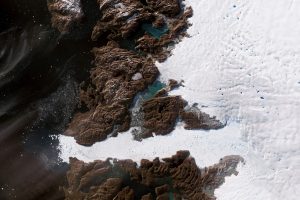Personnel: Kristin Richter(NORCE), Andreas Born (UiB). Natalya Gomez (UiB/McGill), Kerim H. Nisancioglu (UiB)
Using a suite of global and regional models, we will address the sensitivities of the fjord circulation, the dynamic response of the tidewater glacier, and how different plausible future scenarios of Greenland mass loss impact global sea level and its regional variability. This work will be informed by the findings and needs of the other work packages while at the same time providing valuable process understanding and robust projections of future changes, including an assessment of uncertainty, that will be useful for the dialog with local communities in Fiji and Greenland.



